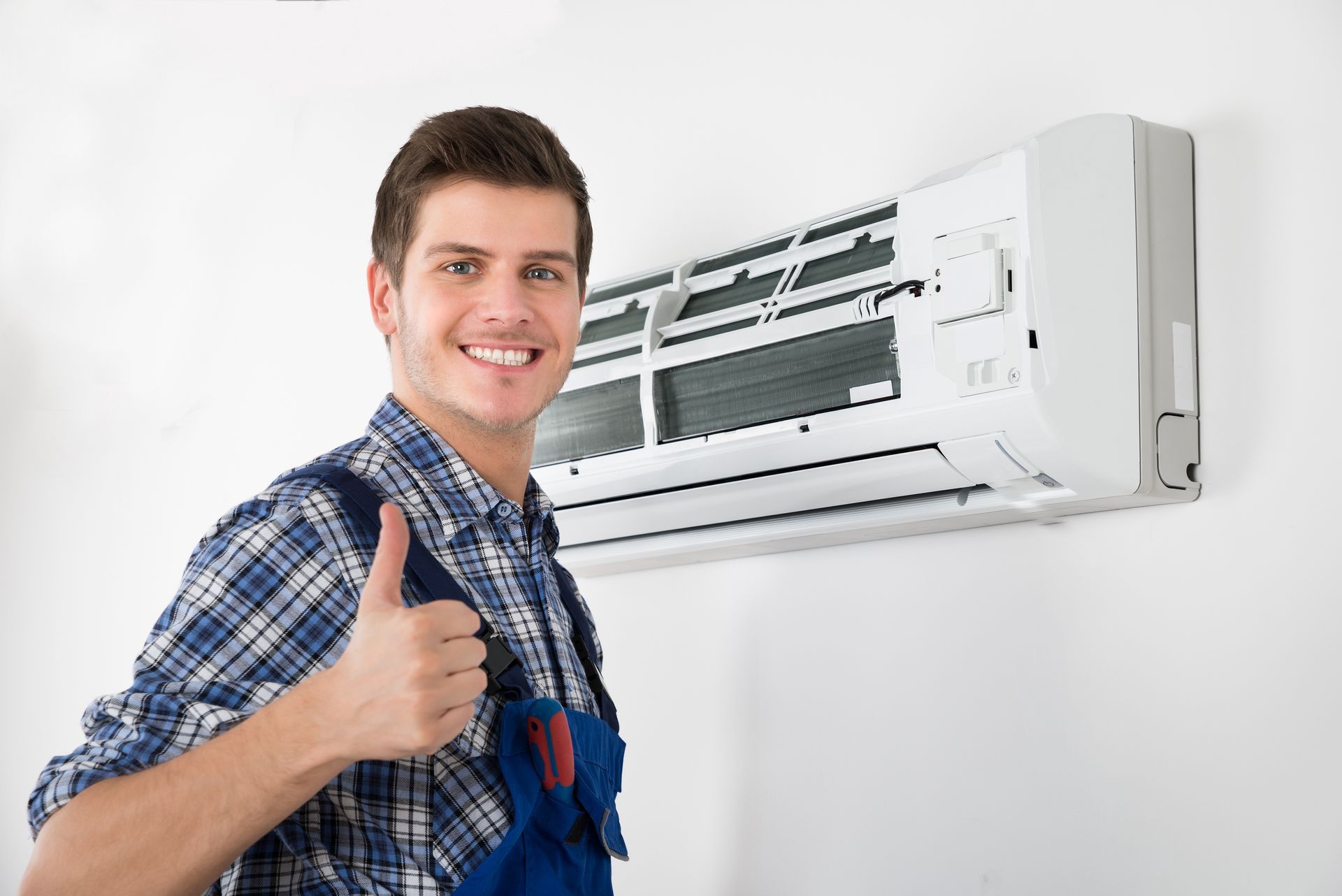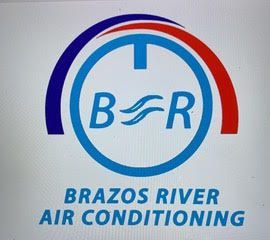Insulation Types & Considerations
Home insulation is crucial for maintaining energy efficiency and indoor comfort. The guide explores various types of insulation, with a focus on primary options such as Spray Foam and Blanket Insulation.
How Should We Insulate?
There are various perspectives on insulating modern homes. Each method has its pros and cons, but all methods can be effective if done properly. Some options are airtight, cost-effective, or a mix of types. While we offer blow-in insulation for existing homes, we don't handle spray foam or new construction. For those needs, Total Concept Insulation can assist. Below, we outline different insulation types, their pros and cons, and their impact on HVAC systems. Refer to our Insulation Terms page for definitions like R-Value and bridging.
Blanket Insulation: Typically involves batt and rolled insulation, cut to fit between home studs. It can be faced or unfaced, is affordable, and easy to install, but may leave air gaps and bridging, usually resulting in more heat loss per R-Value.
Loose Fill Insulation: Known as blown-in insulation, it resembles cotton candy in attics, covering studs and ducts to enhance efficiency and eliminate bridging. Suitable for finished spaces, it offers a better option than traditional batt insulation.
Spray Foam: Available in open and closed-cell varieties, spray foam provides a superior seal compared to other types. Closed-cell offers a higher R-Value per inch and tighter sealing. However, it affects HVAC systems, requiring attention to dehumidification, fresh air, and sizing. See our Spray Foam section for more details.
Continuous Insulation: This method, less common in some climates but popular elsewhere, involves a continuous exterior insulation layer and insulation between studs and on ceilings. Although costly, combined with spray foam, it creates an airtight seal, resulting in minimal heat load but requiring careful ventilation and dehumidification.
Each insulation type impacts the performance of HVAC systems, emphasizing the need to match insulation choices with heating and cooling requirements. Understanding these types aids homeowners in making informed decisions, optimizing energy use while ensuring a comfortable living environment.
Spray Foam Considerations
Design is Non-Negotiable
When getting bids for HVAC systems in spray foam homes, ensure the contractor performs a Manual J, D, and S calculation. Though not yet enforced statewide in Texas, major cities like DFW, Austin, Houston, and San Antonio have varying levels of enforcement. Even if it's not enforced, it's crucial. Spray foam homes retain humidity, and temperature swings can be more pronounced, making proper HVAC operation and duct design essential for comfort as the system adjusts speeds.
Ventilation
This is crucial for any tightly constructed home, not just those with spray foam. While airtight homes are efficient, they can trap pollutants. Without fresh air exchange, contaminants like viruses or odors circulate continuously. Regular air exchange ensures indoor air remains healthy and fresh. Spray foam homes require ventilation due to their airtight seal, but not all insulation contractors discuss ventilation plans. HVAC contractors handle ventilation, but without insulation training, they may not know it's needed.
Attic Dehumidification
Spray foam-insulated attics are cooler and more efficient, benefiting your home and equipment. However, they may accumulate humidity, forming a self-contained environment from the ceiling's sheetrock and spray foam. Smaller attics might manage naturally through air transfer around fixtures, but larger attics may need a dehumidifier to prevent issues like mold growth.

Book Your Insulation Appointment Now
Experience the benefits of professional insulation to enhance your home's energy efficiency and comfort. Our expert team specializes in various insulation types like spray foam, ensuring you choose the right fit. Book an appointment now to discover how updating your insulation can improve temperature control and lower energy costs, making your home a model of efficiency and sustainability.
